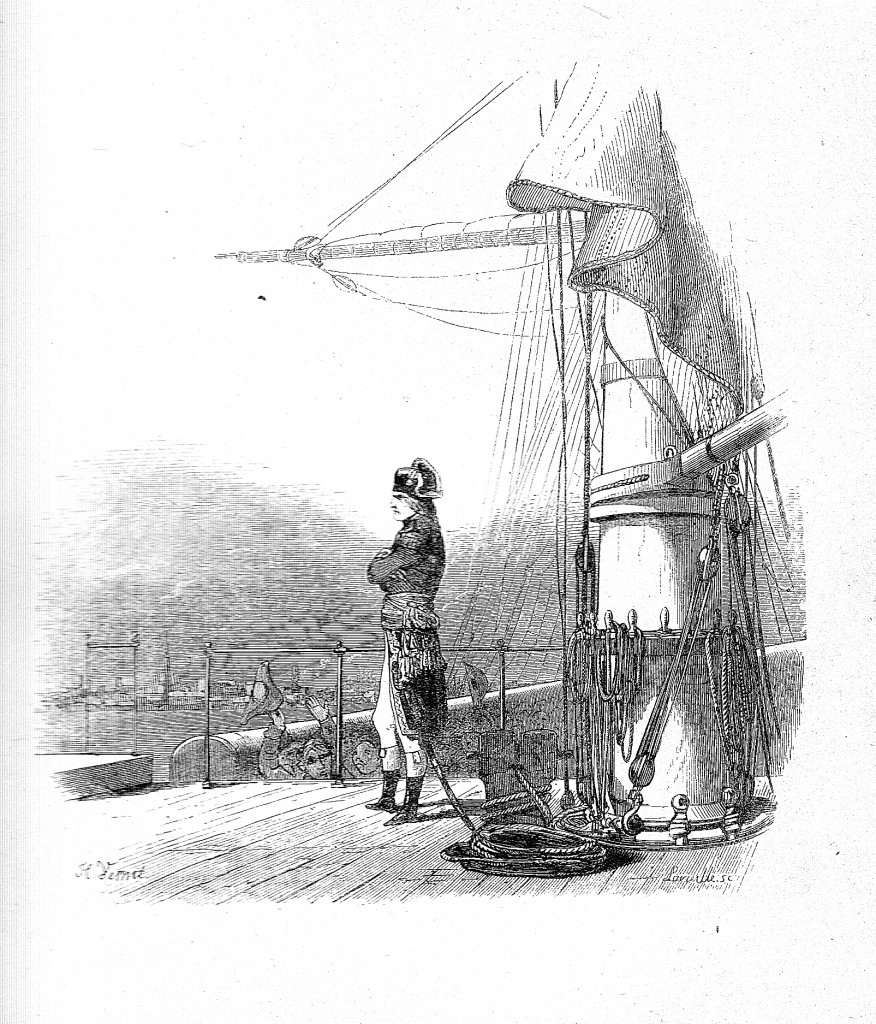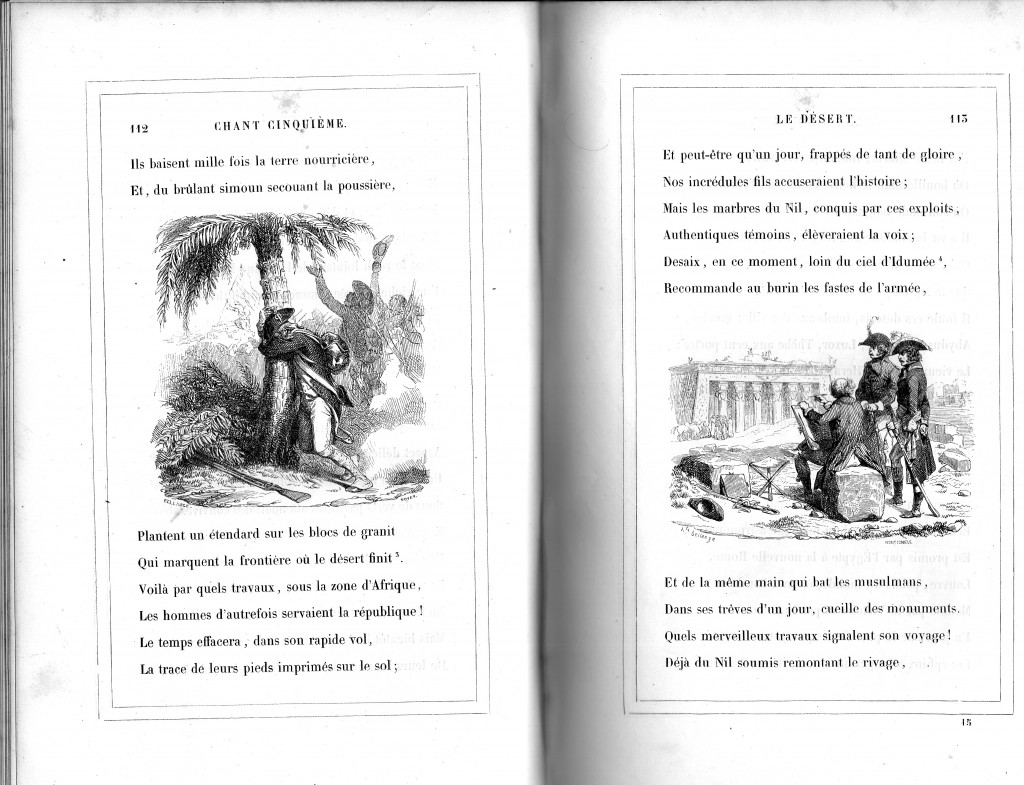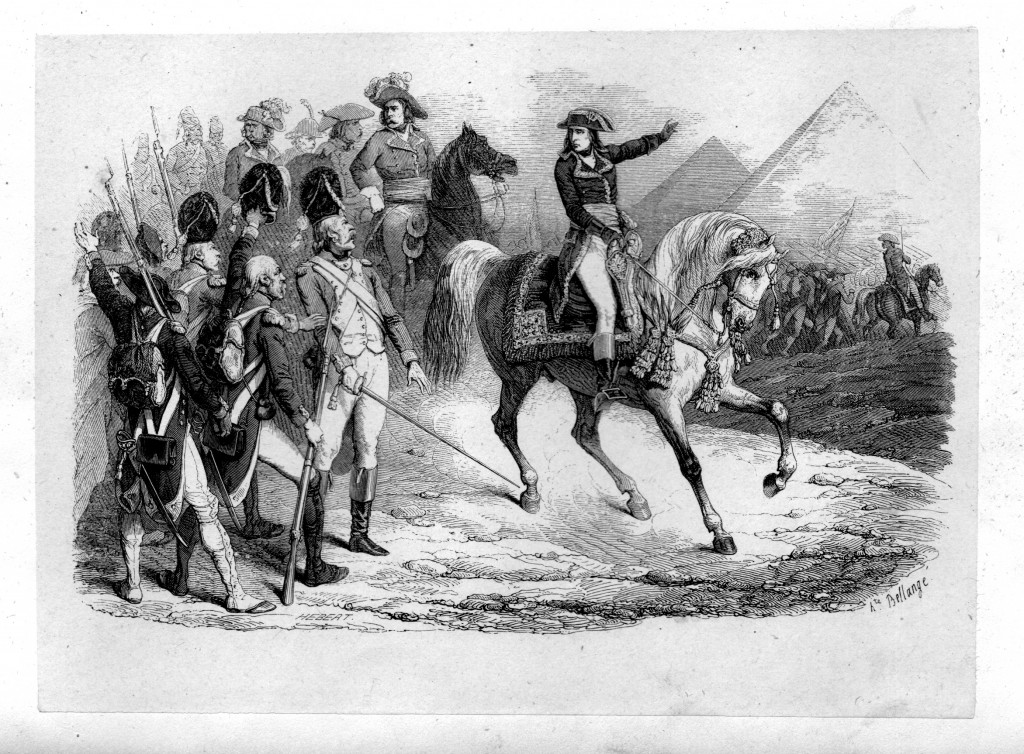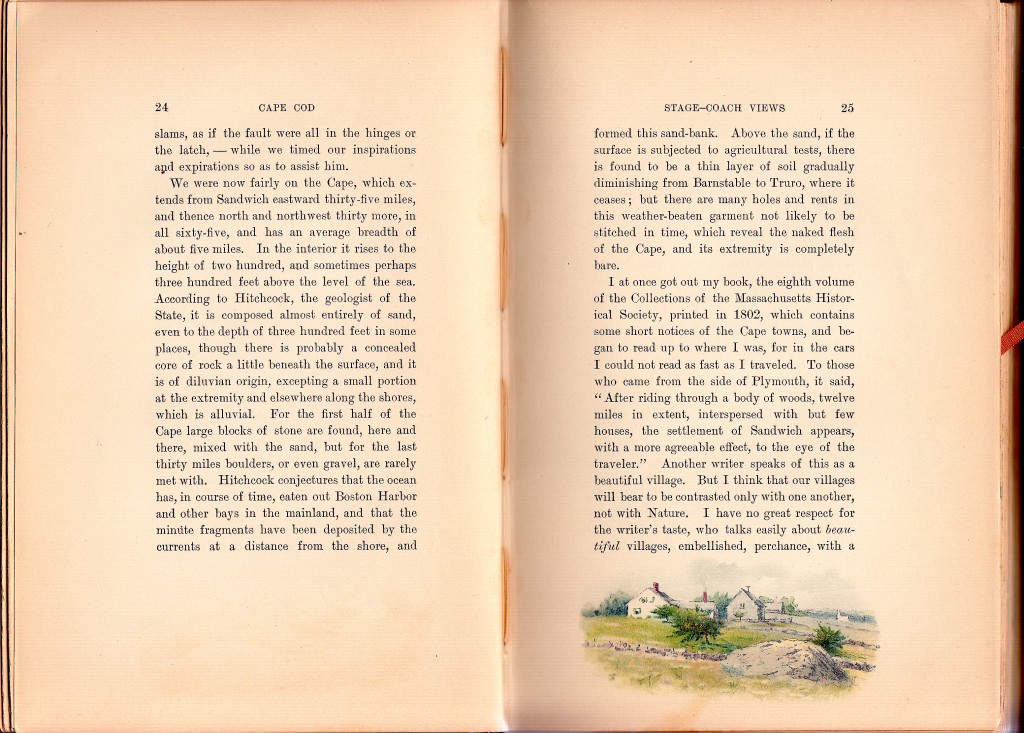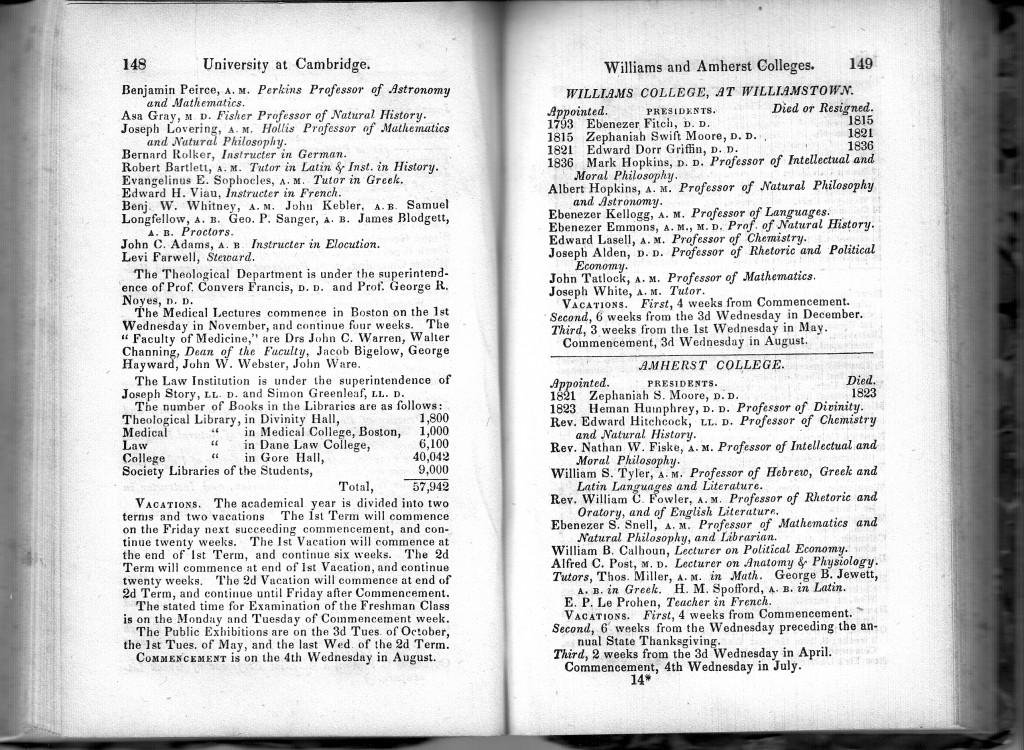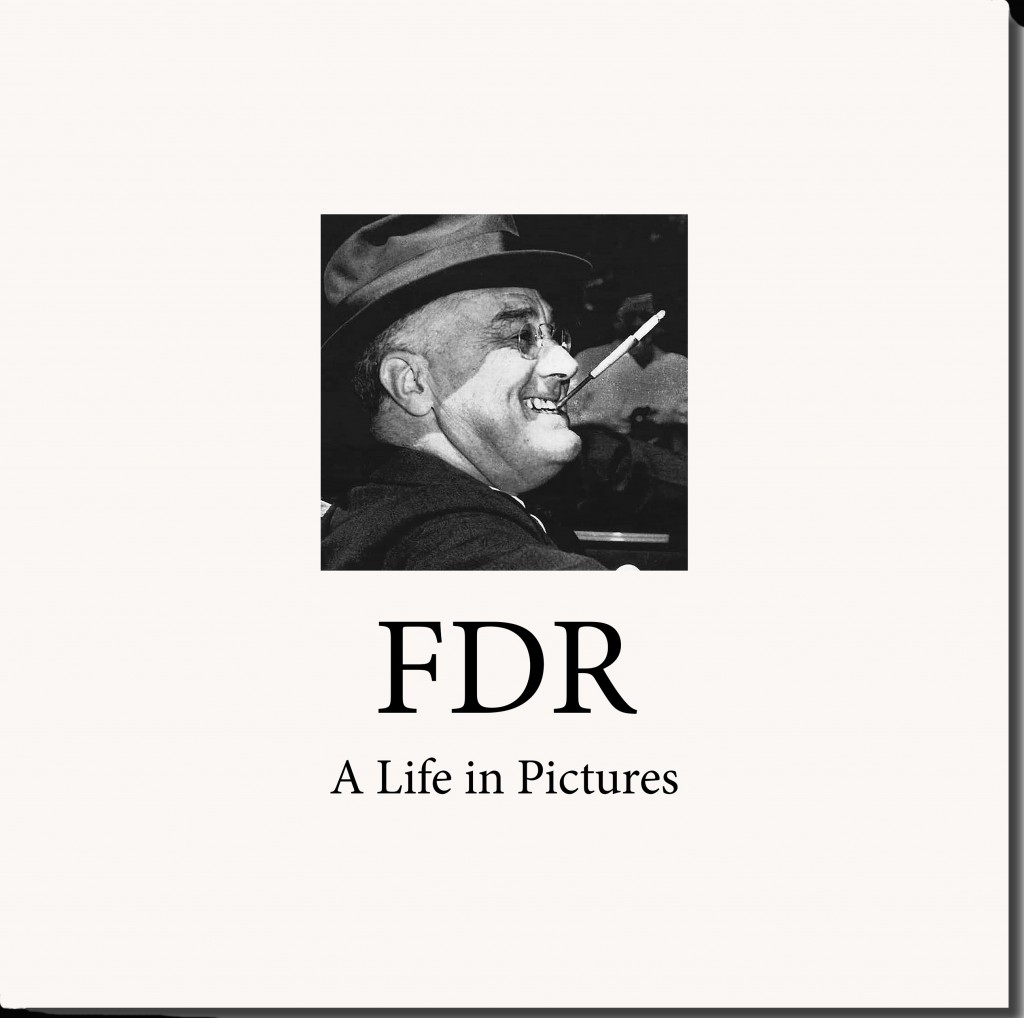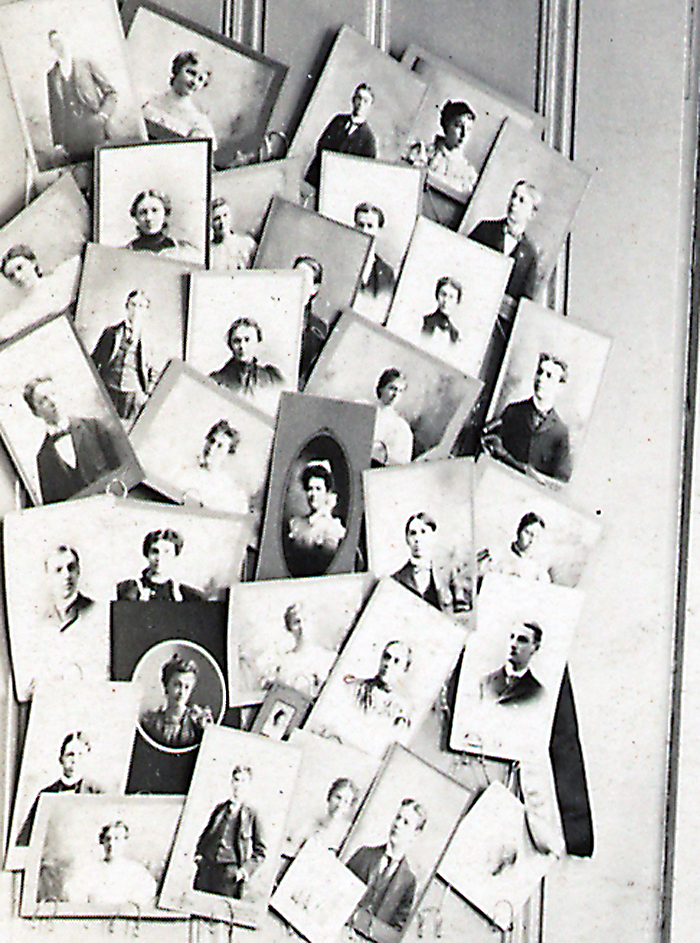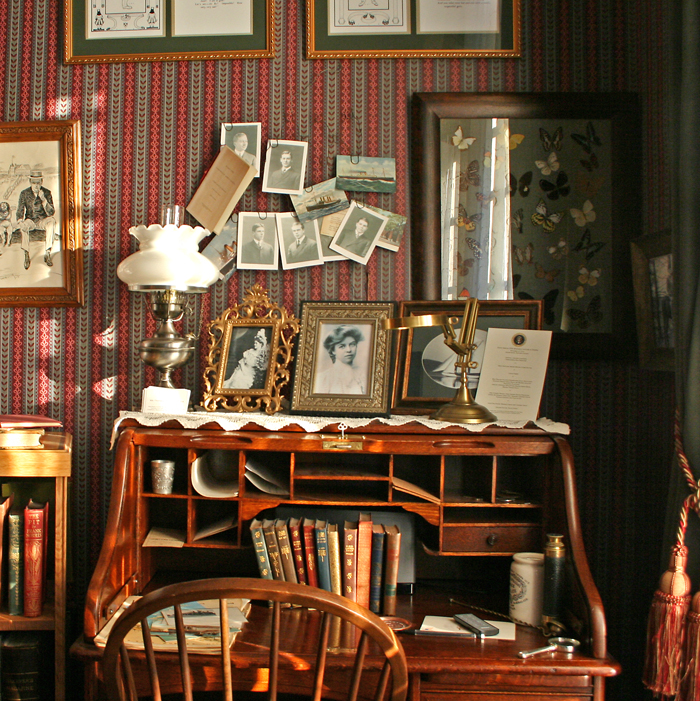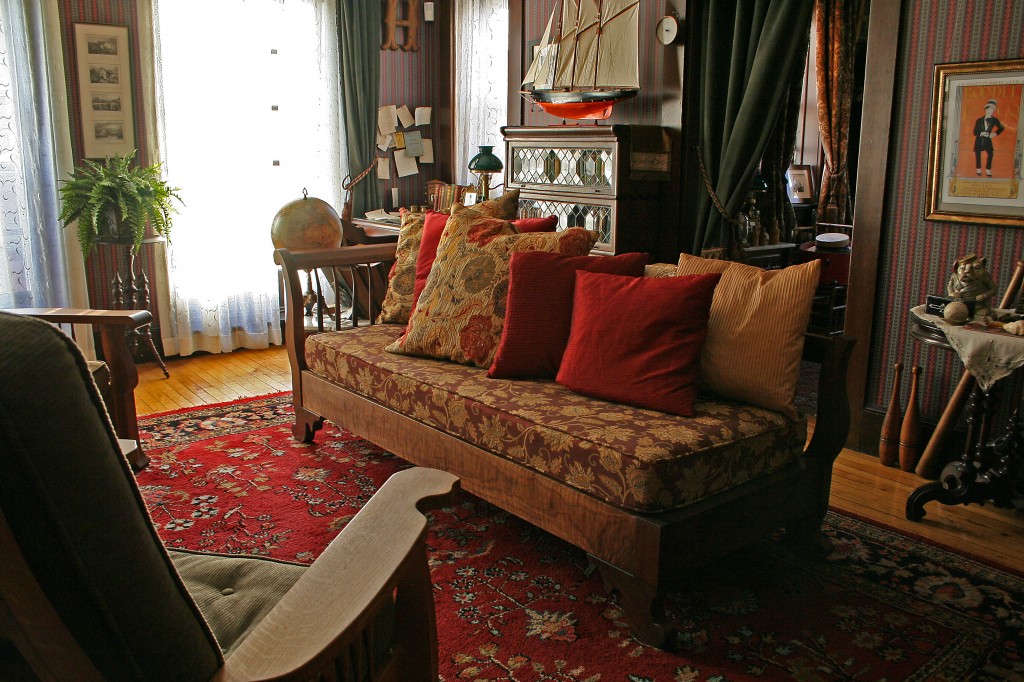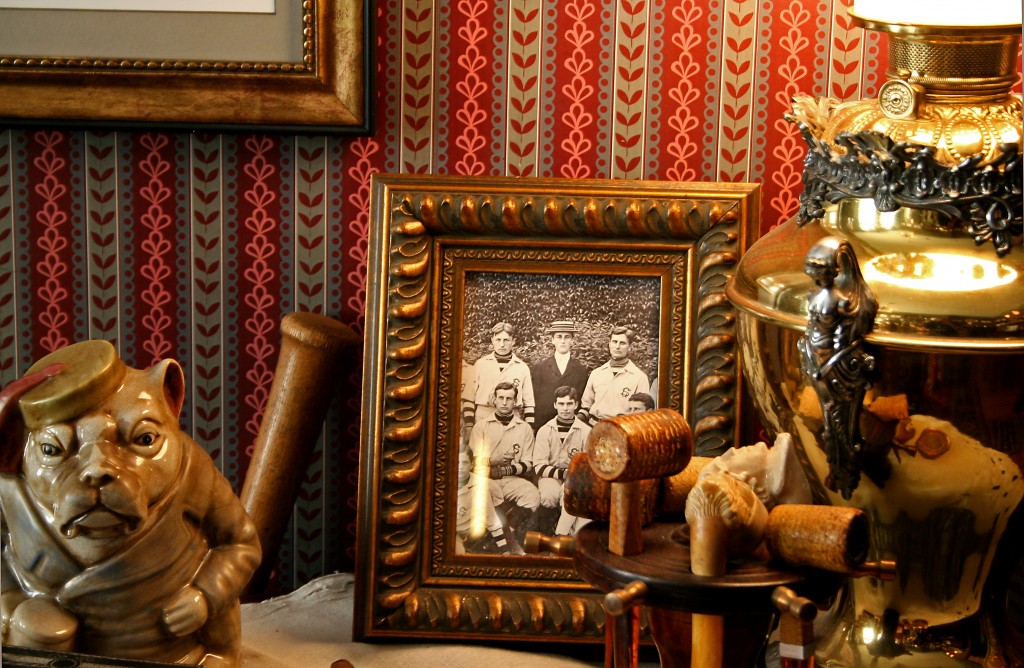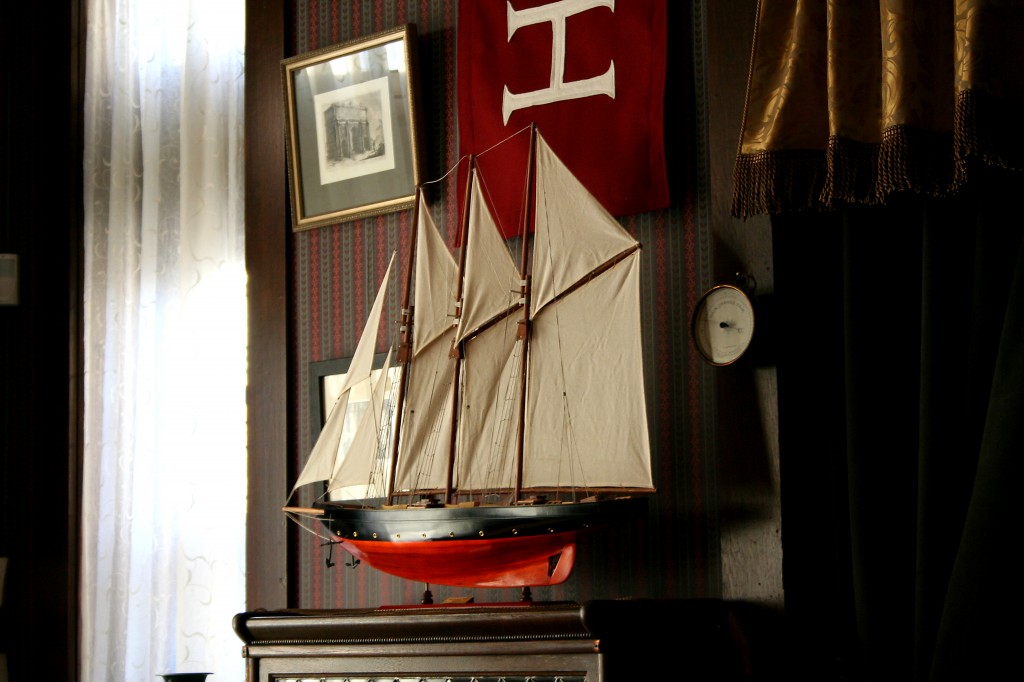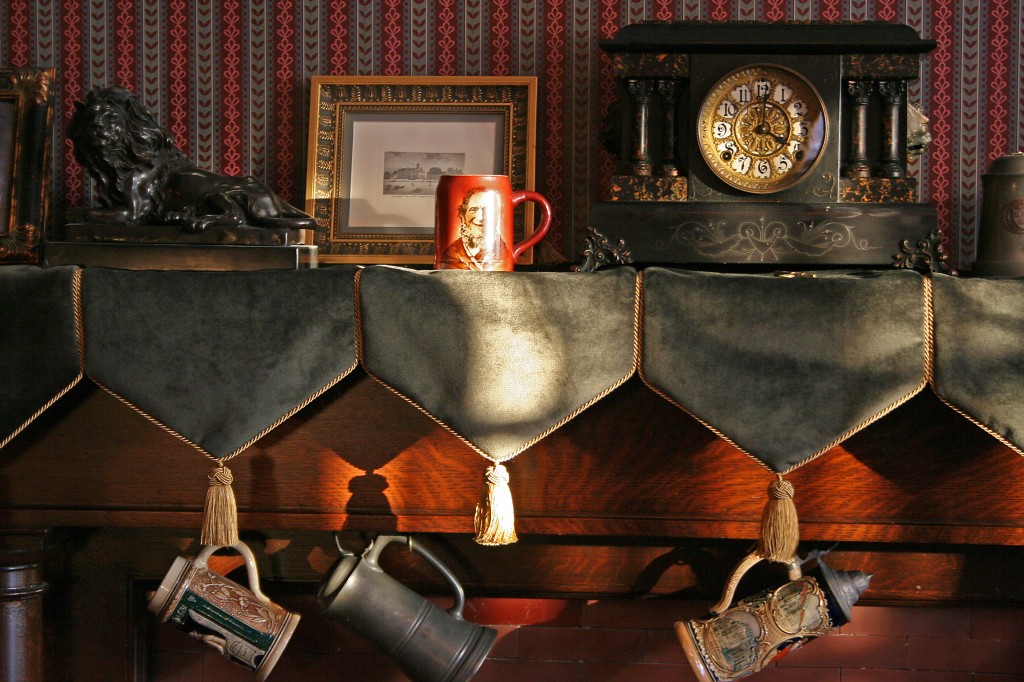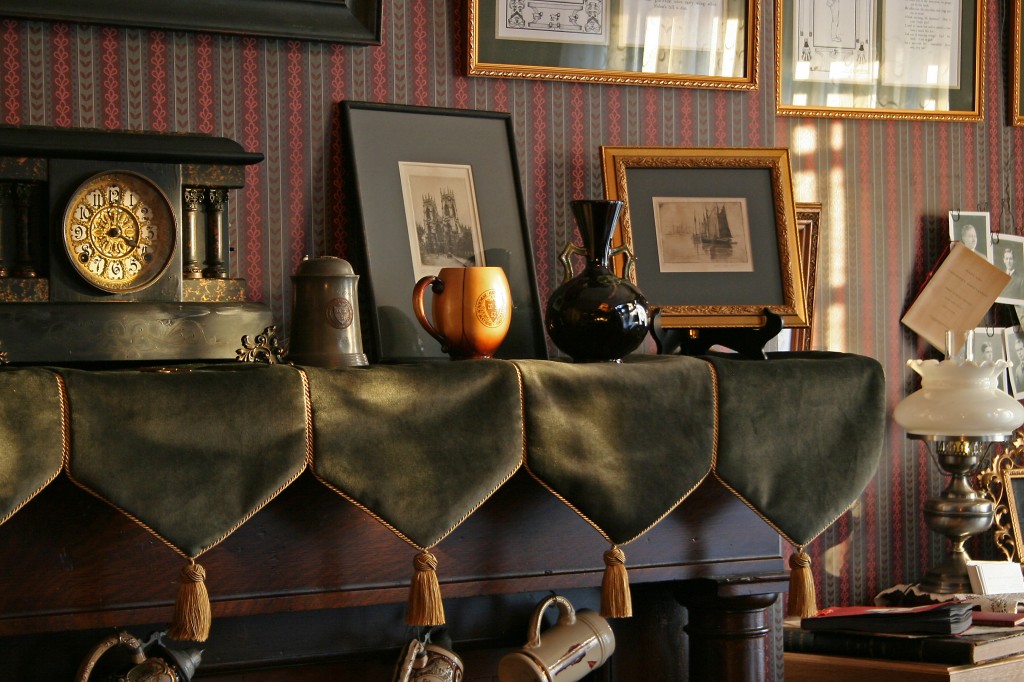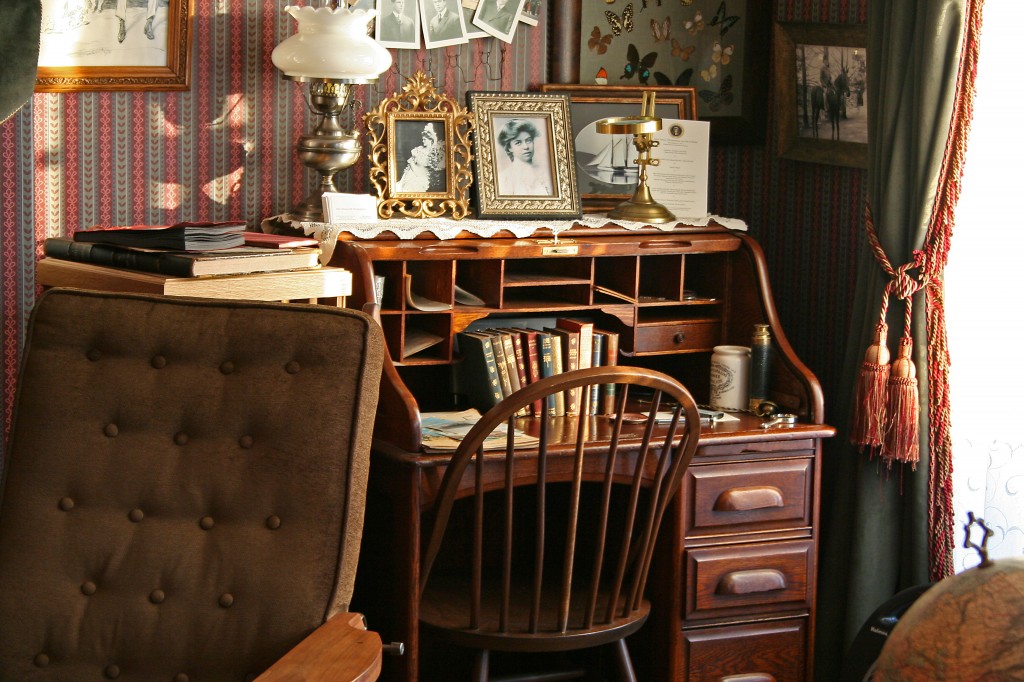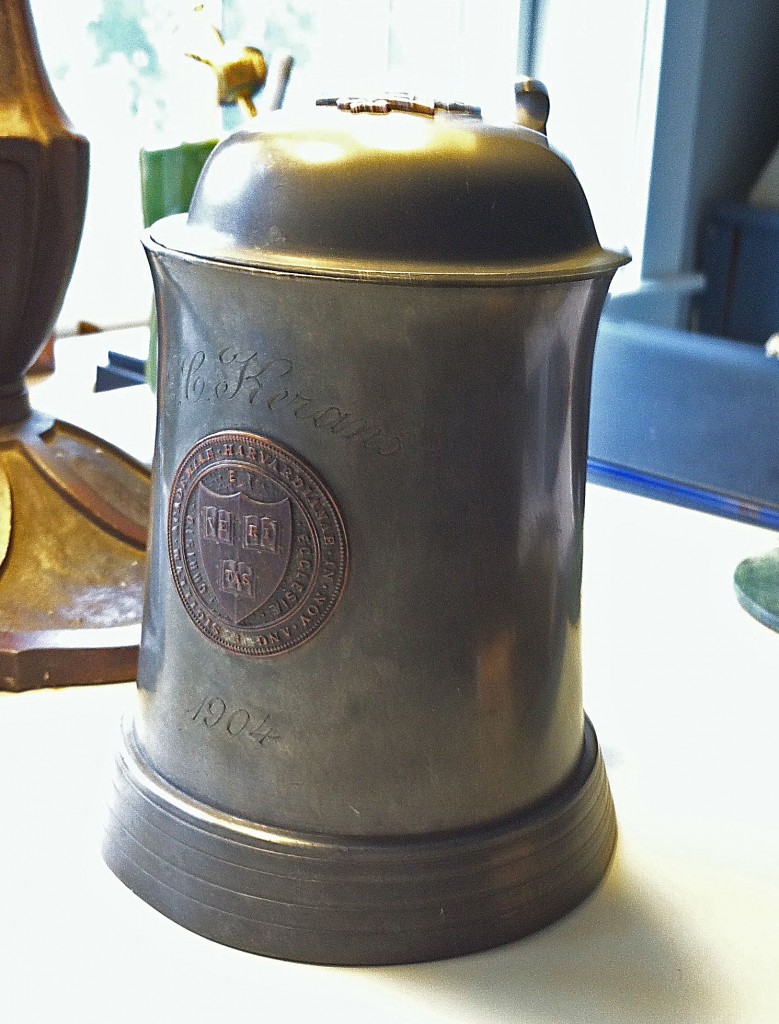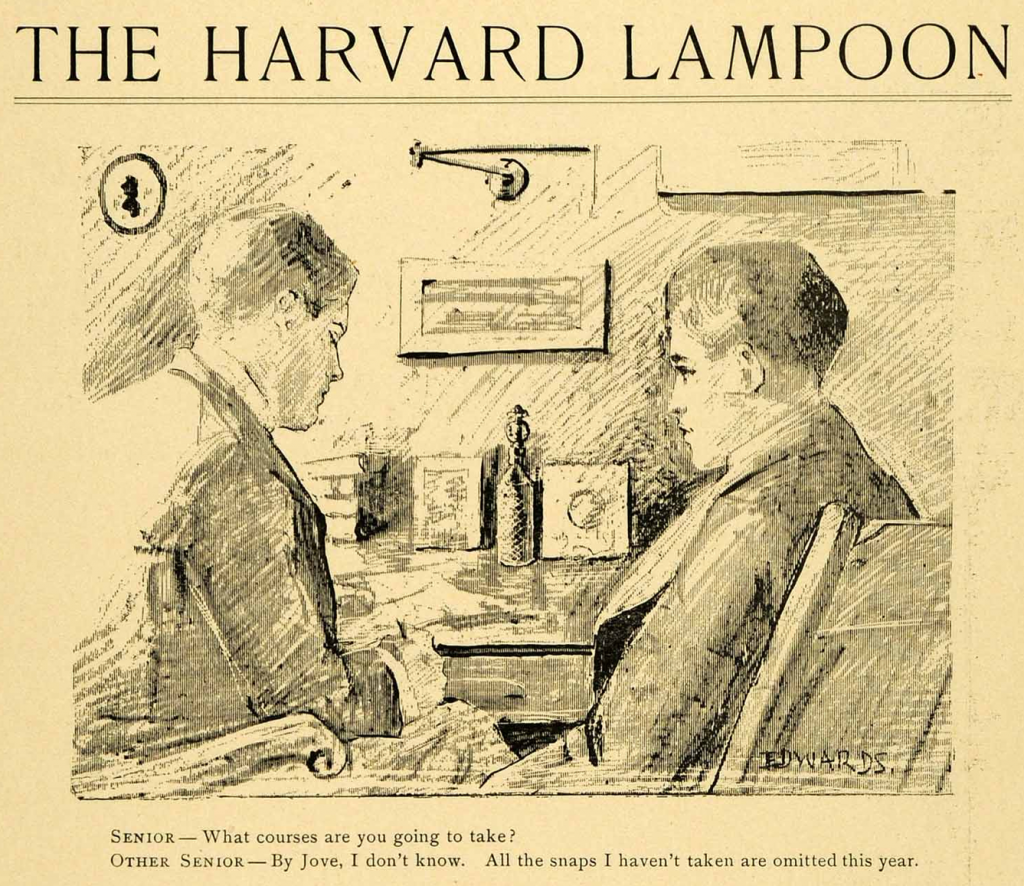“Books can not be killed by fire. People die, but books never die. No man and no force can abolish memory… In this war, we know, books are weapons. And it is a part of your dedication always to make them weapons for man’s freedom.” Franklin Delano Roosevelt
While many people are familiar with FDR’s philatelic fancies, few know that he was an ardent book collector from an early age. At Harvard he was the librarian of the Fly Club (a post not quite as arduous as it sounds, as presumably there was secretarial backup, but still important in the days before Harvard’s libraries carried any sort of popular reading: FDR was in charge of buying books for his fellow Club members.) He was also a member of the Union’s Library Committee, which at the time, housed Harvard’s principal undergraduate library, the equivalent of today’s Lamont. His notes and letters home are peppered with references to book purchases and in fact a principal impetus in founding his presidential library at Hyde Park (the first one in the country) was the sheer mass of material he had collected over the years, particularly on nautical matters, where his collection of manuscripts and prints was considered one of the finest in the nation.
To reflect FDR bibliophile tendencies, the Suite has slowly been collected books from the early 1800’s to 1904. This is not a quick process: not only do the books have to fall within a strict timeline, they have to represent books that FDR and Lathrop might have wished to acquire in terms of subject matter, and the quality of the volume itself. (No cheap books here.) Additionally, we have to find books that are old, but still look reasonably new – it is after all 1904 in the Suite, and everything, with the exception of rare antique volumes, would have appeared fresh off the press, as it indeed they were.
This past winter, I and two student interns spent weeks inventorying the Suite, photographing each item, and selecting additional photographic views for the Internet museum we’re engaged in building. For the books, that mean choosing to highlight some of the internal illustrations. Today I thought I might share with you a few of the images that caught my fancy along the way. (Click on any to expand.)
The first three come from a grand leather-bound volume called Napoléon en Égypte; poëme en huit chants. (Paris 1829)
Here we have Napoléon waiting (impatiently) to disembark: (Note the barely detailed sailors on the deck below half-heartedly raising a cheer, also waiting to diseembark; reminds you of trying to get off the back of a packed 777 from coach!)
Encountering the wonders of the Egyptian desert:
And perhaps my favorite of all, leading his troops past the pyramids.
Here’s a delightful book given FDR’s Hyde Park associations: Summer Days on the Hudson (New York 1875) detailing a holiday up the Hudson, and showing the interior of Washington Irving’s study at Sunnyside. Amazingly, today’s visitor sees much the same view. (For those of you who haven’t taken the trip up the Hudson from New York to Albany (or vice versa) I highly recommend it. It’s a marvelous romp through some of the most beautiful countryside in the US and absolutely stuffed with incredible historic sites. Much maligned Albany and its wonderful museums is worth a couple days alone.) 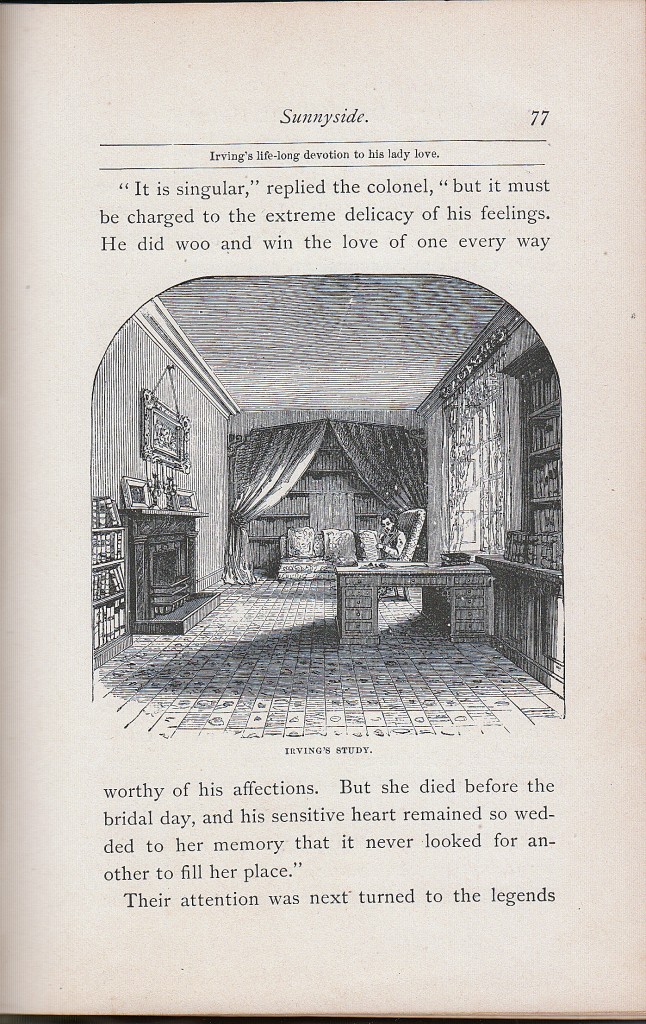
And how about lovely hand-tinted scene from Cape Cod by Henry David Thoreau? (It makes reading Thoreau, never one of my favorites, almost entertaining.) (Boston, 1896)
And finally, a handy little volume donated by Steve and Susan Heard, the 1842 Massachusetts Register, which details, among others, a small college in Cambridge:
All I can say is, thank god Commencement is no longer held in the first week of August!
These books and several hundred more are now part of our growing on-line collection. It’s a huge project to digitalize them all, but we persevere, counting as ever, on your support.
|
Please help support the FDR Suite Foundation.
|

